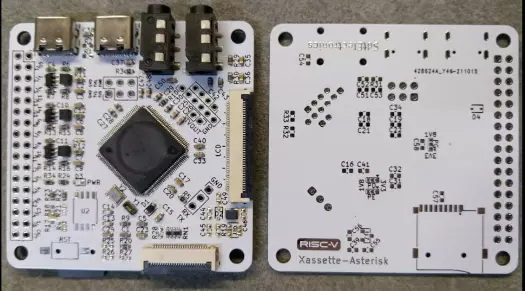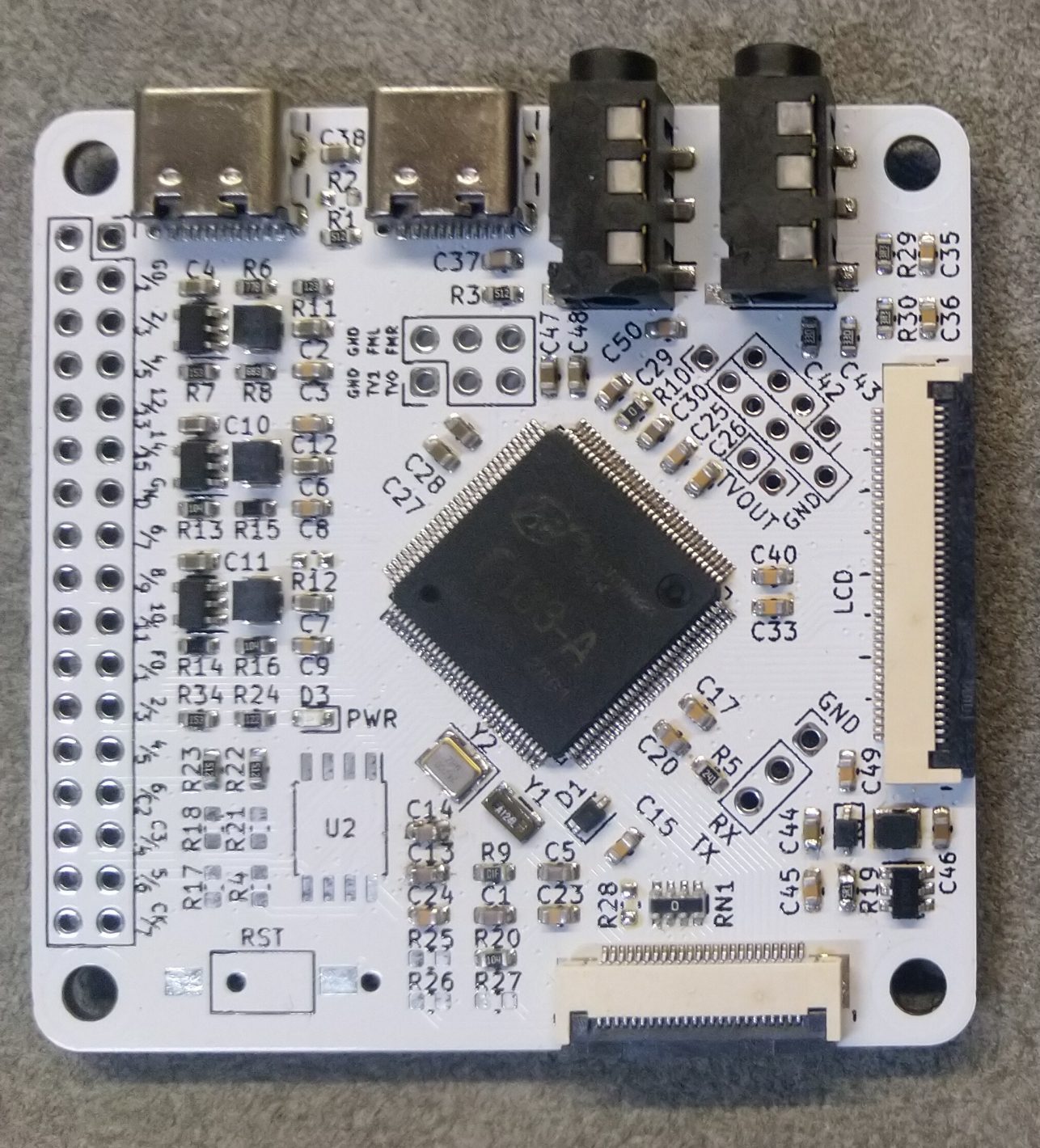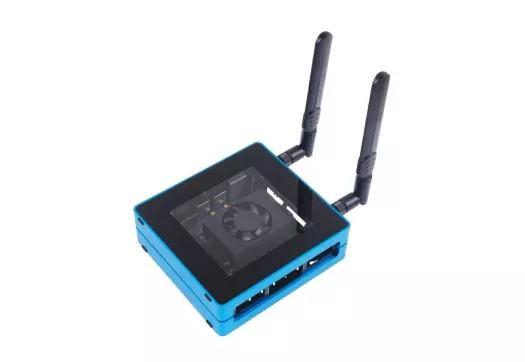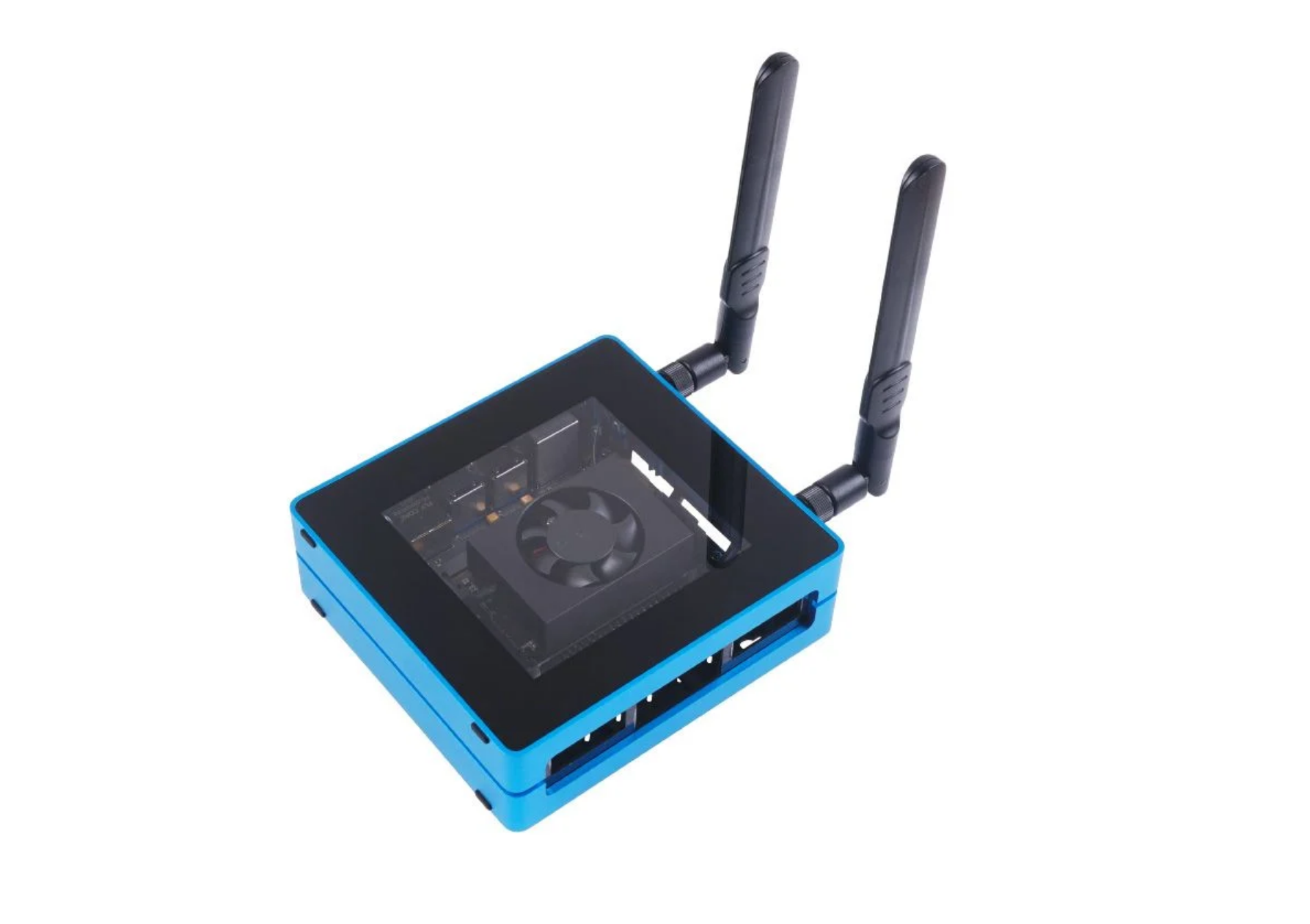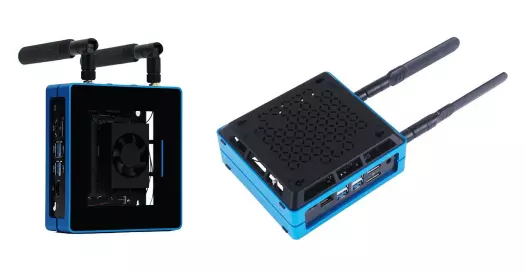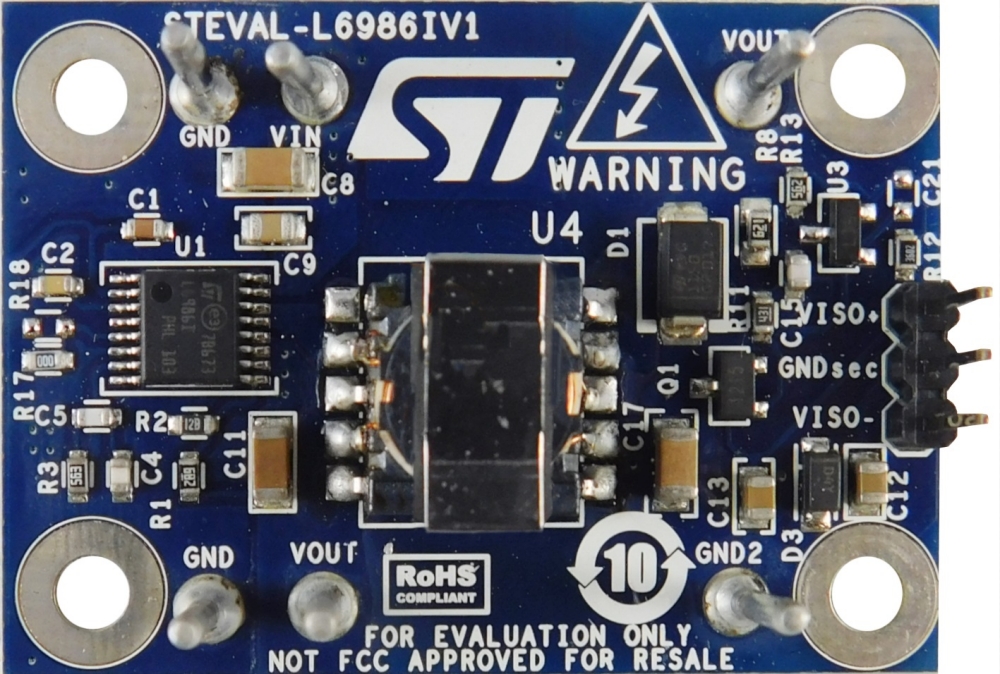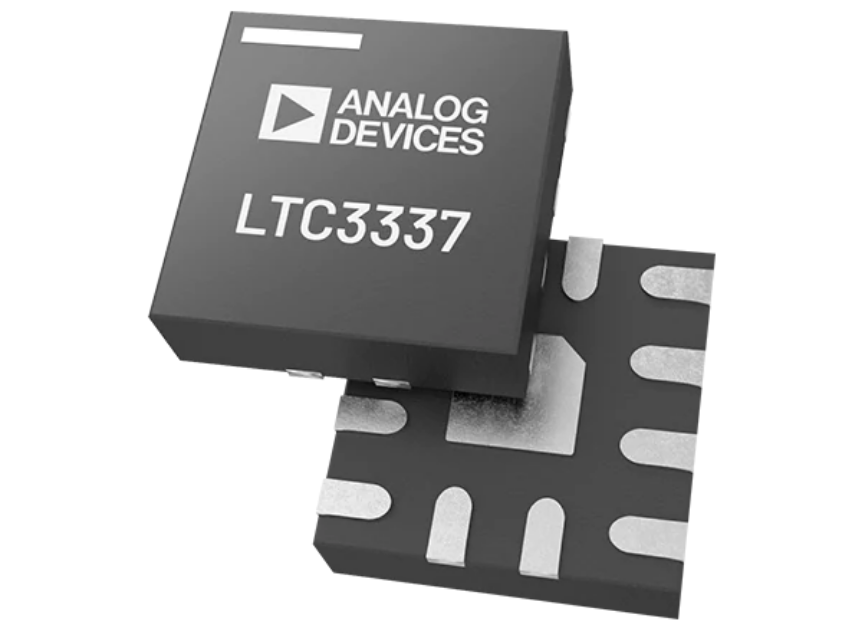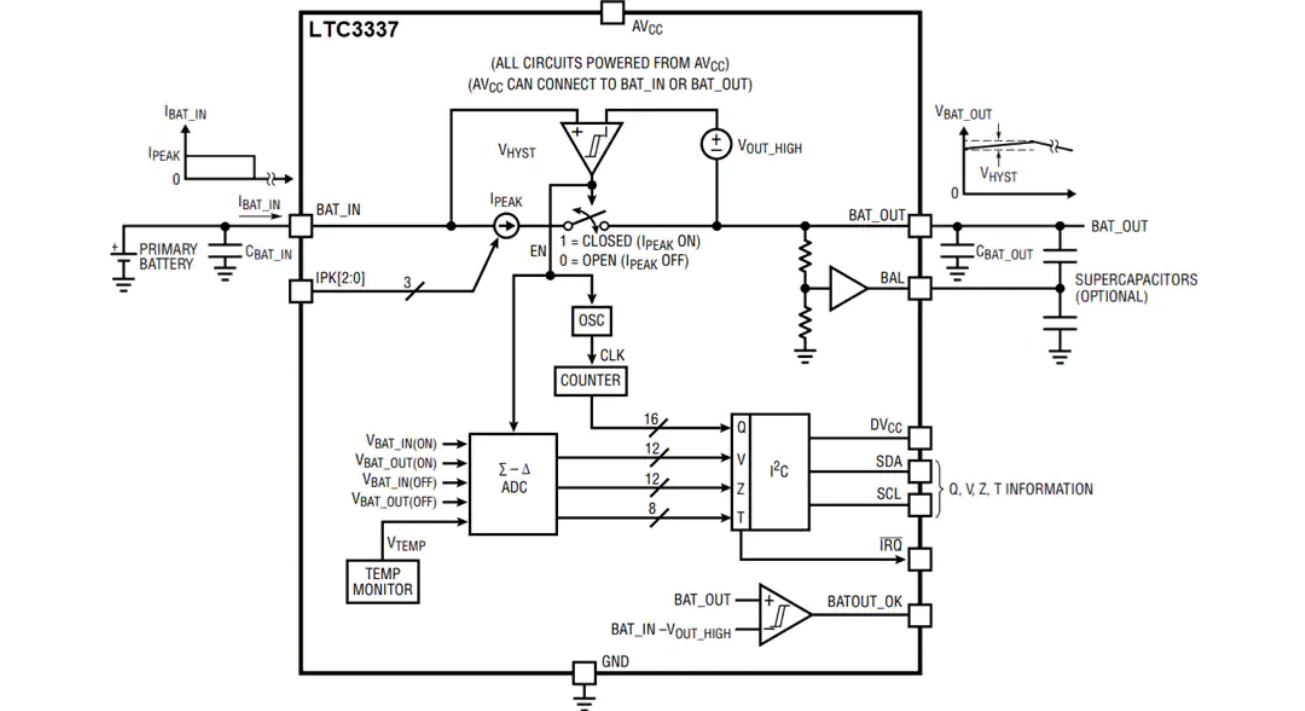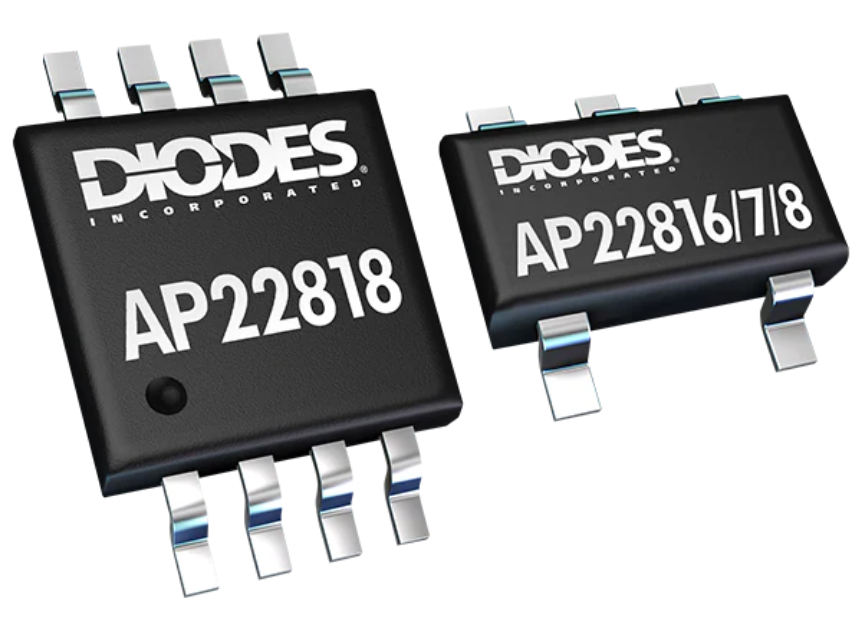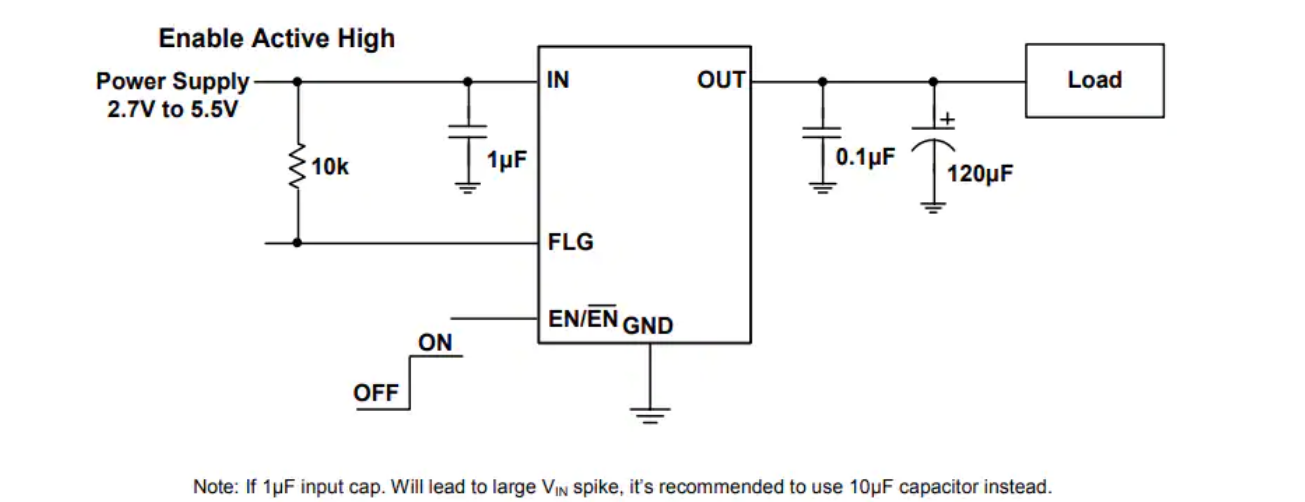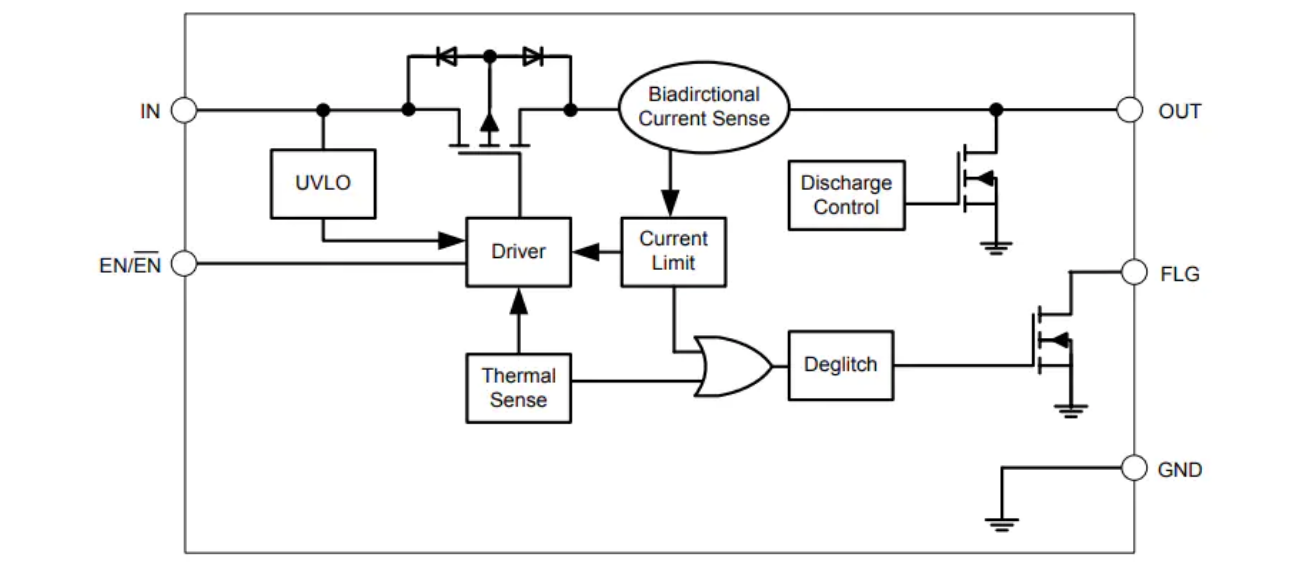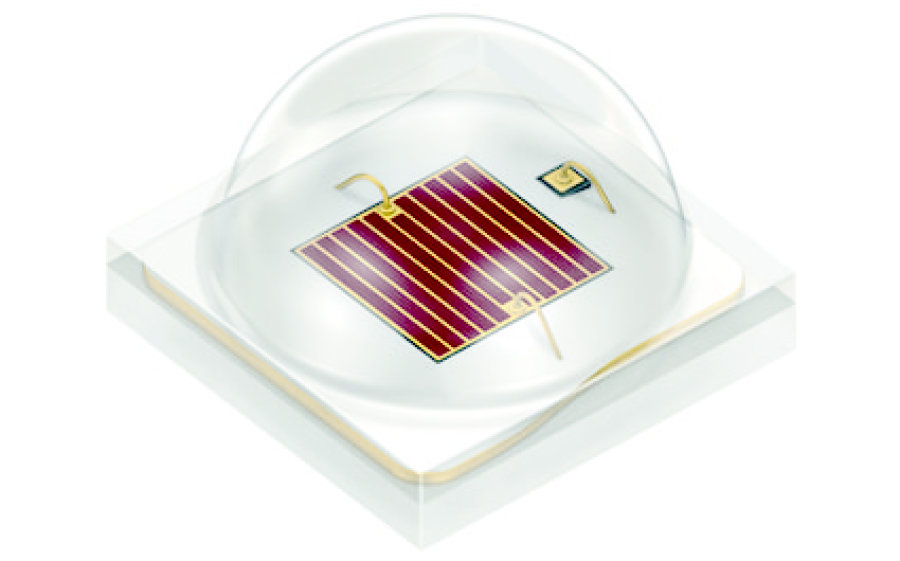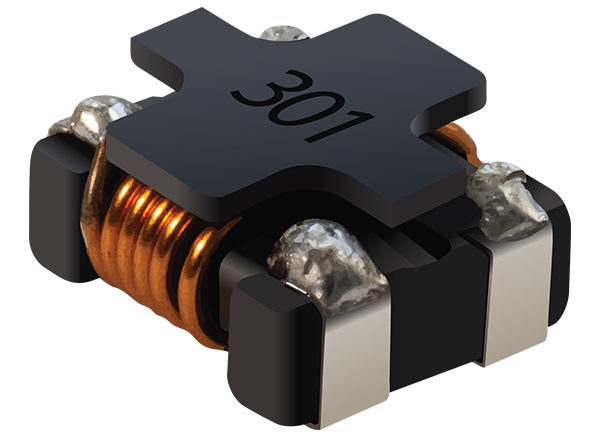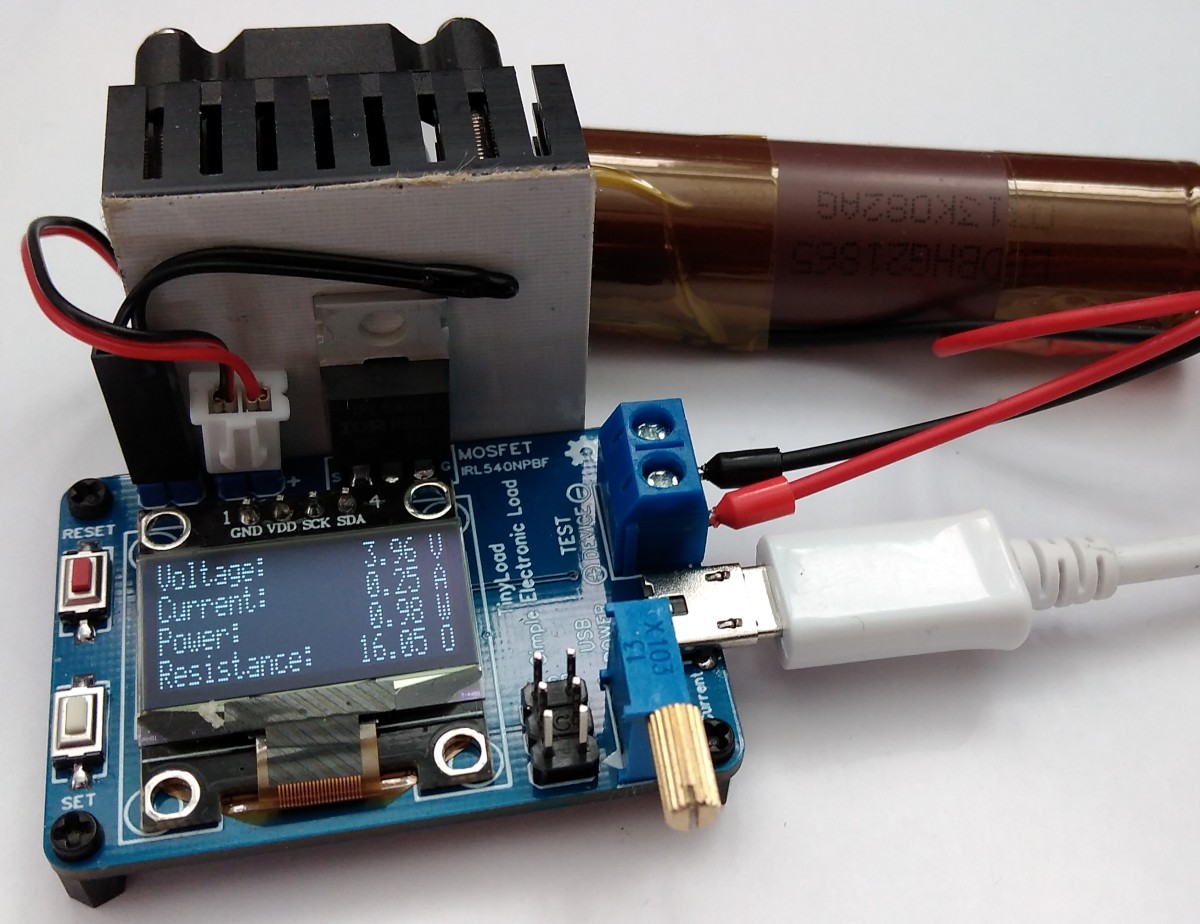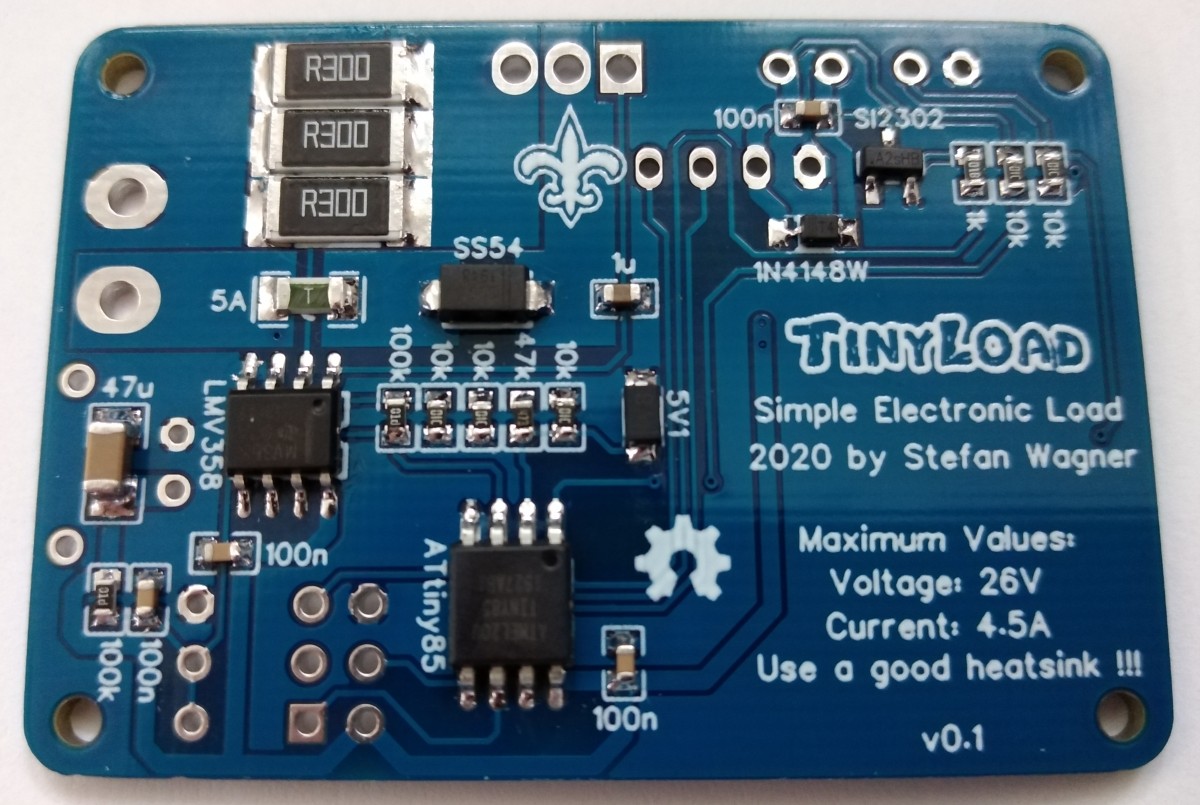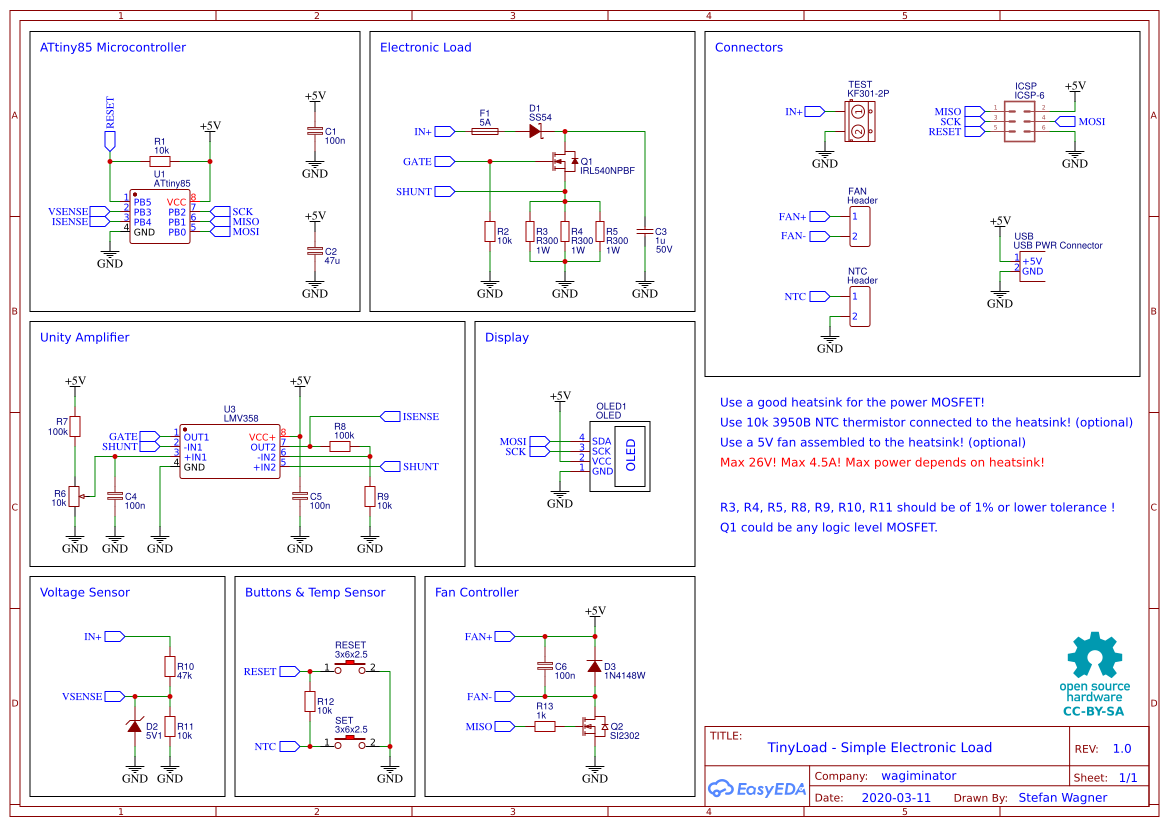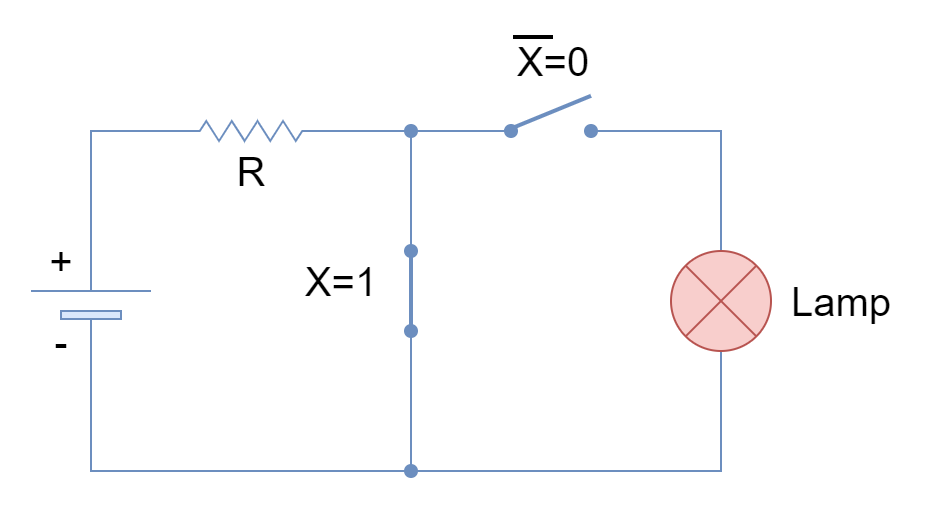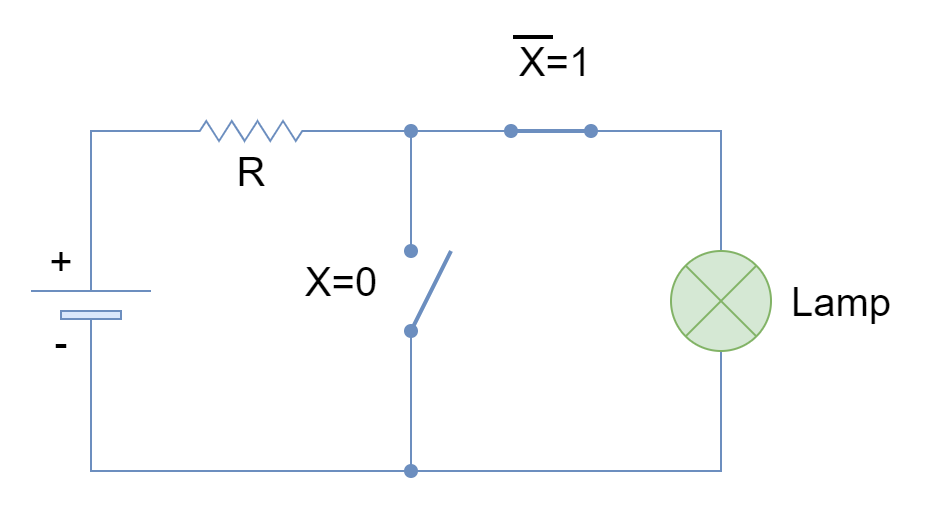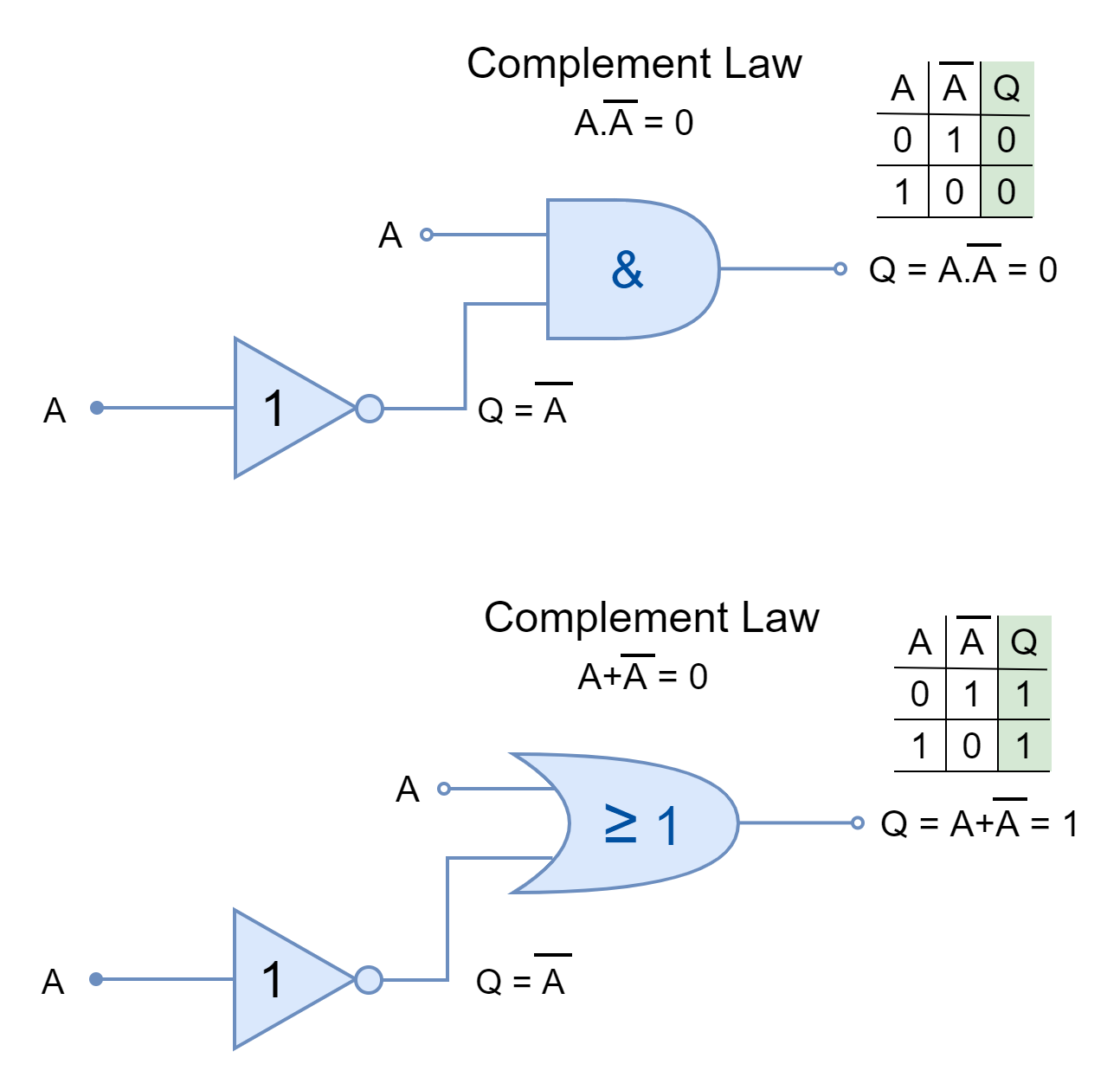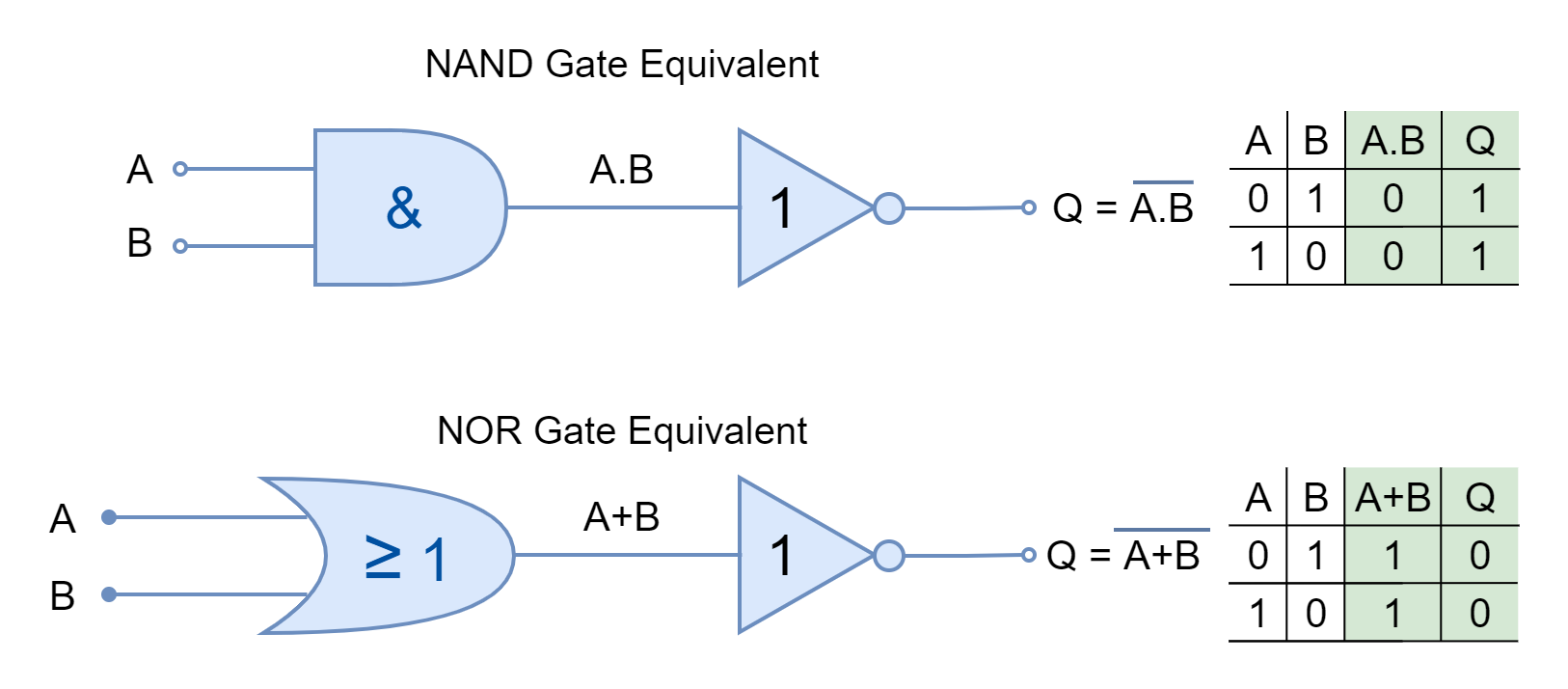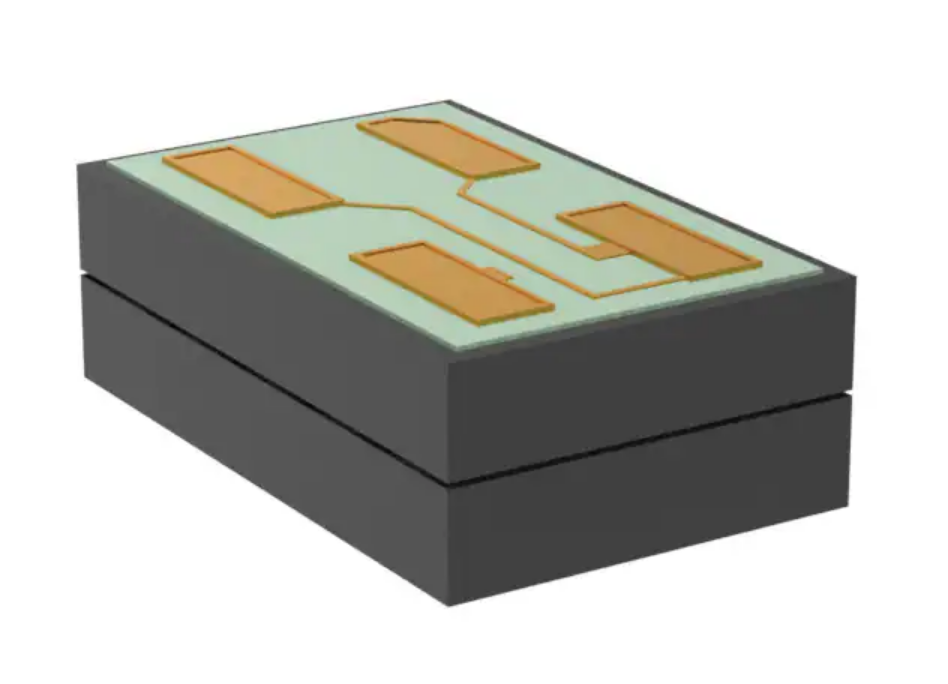Open-source embedded system framework has made processor and SBC innovation more fun and easy, offering many configurable architecture implementations. The RISC-V ISA based hardware, though not very economical, is still very much celebrated even after more than a decade of its existence. So far, we have seen it in a number of devices including the Allwinner D1 based Nezha RISC-V Linux SBC currently sold for a little over $100, and the SdtElectronics’s Xassette-Asterisk, an evaluation board based on Allwinner’s latest D1s SoC coming out for under $10.
Xassette-Asterisk SBC features Allwinner’s single-core RISC-V 64 SoC, F133/D1s, which runs at 1.008GHz with an inbuilt 64MB DDR2, and an operating input voltage of 5V supplied via a USB-C port or 3.3V via pin header. The SBC also features digital and analog interfaces including USB ports, micro-SD slot, LCD connector, and headphone interface in a compact 56×56 mm – 2 layer board. According to SdtElectronics, the SBC has been tested with an 800×480 parallel LCD even though the F133 manual reveals support for up to 1920×1080 parallel LCD. The board, however, does not feature GMAC and WiFi modules, which the designer claims are to reduce complexity and cost, but it still supports easy internet access. SdtElectronics also claims that networks can be shared with a computer via RNDIS Gadget, a USB Ethernet support protocol of Linux-Sunix.
Key Features and Specifications of the board:
- 1.008 GHz, 64MB DDR2, Allwinner D1s single-core 64-bit RISC-V chip
- MicroSD card slot, 32 MBit SPI flash
- 40-pin LCD interface, 6-pin touch panel interface, backlight power
- 24-pin MIPI CSI interface
- Headphone with mic jack (3.5mm), Line-in jack (3.5mm)
- 1x USB Type-C OTG port
- 1x USB Type-C host port (1)
- 34-pin GPIO header with SPI, I2C, UART, PWM, DAC, ADC, IR Tx, R, power (5V, 3.3V, and GND)
- 3-pin UART header (serial console usable)
- Reset button
- Power Supply:
- 5V via USB-C port
- 3.3V via pin header (Not supported by USB due to absence of 5V)
- Dimension: 56mm x 56mm
The Xassette-Asterisk is an open-source hardware product based on the Linux OpenWrt framework. The project’s log added a few days ago claims that D1s only boots the Tina Linux with limited functionality. So, the root directory of the Linux system had been modified to run the Ubuntu filesystem. SdtElectronics also claims that the package manager alongside Internet access supports high software packages. Documentary on PCB and schematics is available on the Github repository.
The Xassette-Asterisk is not for commercial purposes, but its progress is logged at Hackaday In case you want to join the project and build your board. You might have to purchase the Allwinner processor from Taobao for about $5.5 too.

